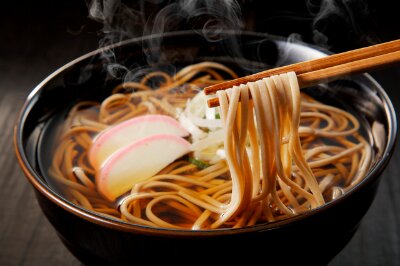Unforgettable Experiences: Unveiling Japan's Vibrant Festivals and Holidays
Unforgettable Experiences: Unveiling Japan's Vibrant Festivals and Holidays
Japan's cultural tapestry is intricately woven with numerous holidays and events, each offering a unique lens into the country's traditions and customs. Understanding the history and significance of these celebrations can deepen your appreciation and create lasting memories during your visit.
Beware: Golden Week (late April to early May) and Obon (mid-August) are major holiday periods in Japan, leading to skyrocketing airfare and hotel prices. Be sure to plan accordingly!
A Journey Through the Seasons:
| Month | Event Name | Description |
|---|---|---|
| January | New Year's Day (Hatsumode) | Visit shrines and temples for prayers and blessings. |
| Beginning of work | Fresh starts and resolutions fill the air. | |
| New Year's party | Celebrate with friends and family. | |
| Coming-of-age ceremony | Young adults transition into adulthood. | |
| February | Setsubun | Ward off evil spirits with bean-throwing rituals. |
| March | Hina Festival for little girls: | Admire beautiful doll displays. |
| Graduation ceremony: | A time of reflection and celebration. | |
| Cherry-blossom viewing (Hanami): | Witness the breathtaking beauty of blooming flowers. | |
| April | Continued cherry-blossom viewing | Immerse yourself in the vibrant pink landscapes. |
| School entrance ceremonies: | New beginnings for young students. | |
| Company entrance ceremonies: | Welcoming fresh faces into the workforce. | |
| May | Golden Week: | A string of national holidays, perfect for travel and exploration. |
| Boys' Festival | Celebrate sons with vibrant carp streamers. | |
| June | Rainy season | Embrace the tranquility of the season and enjoy indoor activities. |
| Koromogae (Seasonal changing of clothes) | Transitioning wardrobes for summer. | |
| July | Tanabata | Write wishes on colorful paper strips and decorate bamboo trees. |
| Summer festivals | Enjoy lively music, traditional dances, and delicious food stalls. | |
| Fireworks displays | Witness dazzling pyrotechnics illuminating the night sky. | |
| Summer vacation | Relax and recharge during the school holidays. | |
| August | Continued summer festivals (omatsuri) and fireworks displays (hanabi taikai) | Make the most of the festive season. |
| Obon: Honor and remember deceased ancestors. | ||
| September | Silver Week | Another opportunity for travel and leisure. |
| Jugoya (Full moon) | Celebrate the beauty of the full moon. | |
| October | Twelfth Night | Enjoying seasonal delicacies and appreciating the fall foliage. |
| Change of clothes: | Preparing wardrobes for the upcoming winter. | |
| Autumn leaves viewing (Momijigari) | Witness the vibrant tapestry of changing leaves. | |
| November | Shichigosan | A traditional ceremony for children aged three, five, and seven. |
| December | Year-end parties | Celebrate the year's accomplishments with colleagues and friends. |
| Christmas | Experience a unique blend of Japanese and Western traditions on this day for dates and family. | |
| Closing the work year | Reflecting on the year and preparing for the next. | |
| New Year's Eve | Ring in the new year with festive celebrations. |
Japanese holidays & celebrations:The details
January: Embracing Renewal and Fresh Starts
January in Japan is a time for embracing renewal and fresh starts. From January 1st to 3rd, businesses close, families reunite, and traditions come alive.

Hatsumode
- Hatsumode: Visit a shrine for Hatsumode, the first prayer visit of the New Year, to offer prayers for a prosperous and happy year.
- Osechi: Savor a special Osechi meal, a festive box filled with traditional dishes symbolizing good luck and abundance.
- Karuta and Kite Flying: Enjoy playful customs like Karuta, a competitive card game, and kite flying, symbolizing hopes and dreams taking flight.
- Shigotohajime: On January 4th, workplaces hum with renewed energy as employees greet colleagues with a cheerful "Happy New Year!" and businesses mark a new chapter with shigotohajime, the beginning of work.
- Shinnenkai: As friends and colleagues gather for Shinnenkai, New Year's parties, goals are set and unity is pledged for the year ahead. Celebrate with delicious food, refreshing drinks, and laughter.
- Coming-of-Age Ceremony: Witness a beautiful tradition on the second Monday of January. Young adults donning elegant attire attend a ceremony marking their official transition into adulthood at 20 years old.

Osechi
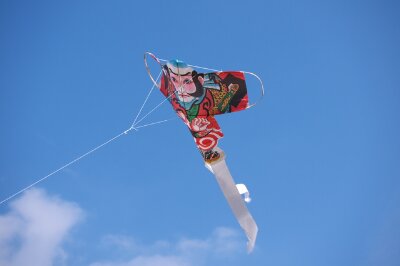
Kite Flying

February: Warding off Evil and Inviting Good Fortune
Setsubun on February 3rd is a lively ritual to ward off evil and invite good fortune.
- Throw beans to chase away bad luck, shouting "Oni wa soto! Fuku wa uchi!" (Demons out, fortune in!)
- Enjoy ehomaki, a special sushi roll, for added luck and good health.
March: Celebrating Girls, Graduation, and Cherry Blossoms
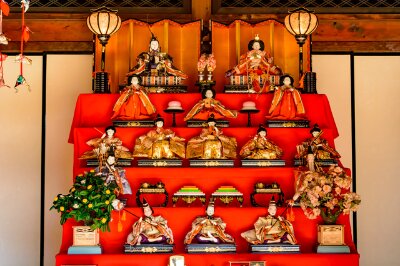
Doll Festival (Hinamatsuri)
March brings a trio of celebrations:
- Doll Festival (Hinamatsuri): Celebrate Girls' Day on March 3rd. Witness the beauty of hina dolls displayed in homes, offering prayers for the happiness and well-being of girls. Savor delicious chirashi sushi and immerse yourself in this vibrant tradition.
- Graduation Ceremony: As the academic year ends in March, schools hold graduation ceremonies. Witness the joy and excitement of graduates as they embark on new chapters.
- Cherry Blossom Viewing (Hanami): Bask in the captivating beauty of cherry blossoms! In early April, gather under the delicate pink canopy with loved ones, spread out picnic sheets, and enjoy a delightful Hanami party. Immerse yourself in the enchanting atmosphere and appreciate the fleeting wonder of these spectacular flowers.

Chirashi Sushi

Cherry Blossom Viewing (Hanami)
April: Welcoming New Beginnings
April marks the start of new beginnings in both schools and workplaces:
- School Entrance Ceremony: Witness the excitement of new beginnings! As schools start their new year in April, join the heartwarming ceremonies that welcome fresh-faced students embarking on their academic journeys.
- Company Entrance Ceremony: Welcome the newest members of the workforce! Companies also hold special ceremonies in April to officially welcome their new recruits, the shakaijin, into the professional world.
This month is also a popular time for families to travel and explore the vibrant spring scenery across Japan.
May: Golden Week and Celebrating Children

Kanda Matsuri (神田祭)
May in Japan brings a glorious break known as Golden Week, a string of consecutive public holidays spanning several days. Starting with Showa Day on May 3rd, followed by Constitution Memorial Day on May 4th, and culminating in Children's Day on May 5th, this extended holiday offers the perfect opportunity for many to travel, visit hometowns, and enjoy a well-deserved rest from work. Be prepared for increased travel volumes and potential price surges during this peak season.
Children's Day is a vibrant celebration dedicated to the well-being of young boys. Families display colorful koinobori carp streamers, symbolizing strength and perseverance, and wish for their sons' health and happiness. Delicious treats like chimaki rice dumplings and kashiwamochi rice cakes add to the festive atmosphere.
Kanda Matsuri (神田祭) in Tokyo, a lively festival known for its energetic mikoshi (portable shrines) parades.
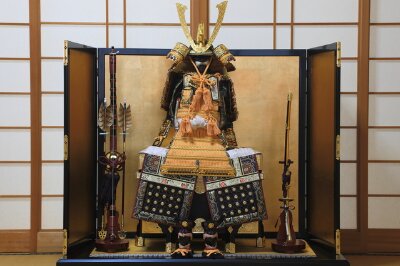
Children's Day
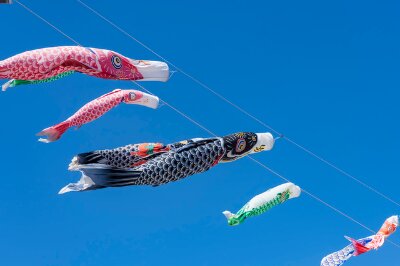
Koinobori
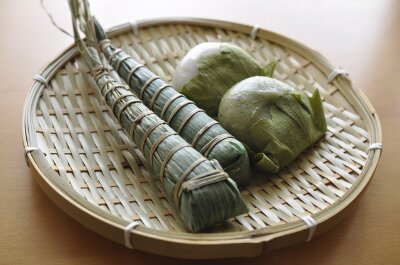
Chimaki rice dumplings and Kashiwamochi
June: Tranquility of the Rainy Season
June ushers in the rainy season, bringing a welcome respite from the summer heat. While you can expect humid weather and frequent showers, this time also offers lush greenery and vibrant flowers in full bloom, creating a tranquil and refreshing atmosphere.
On June 1st, schools and companies with uniforms switch from their winter attire to lighter summer versions, officially marking the start of the season.
July: Wishes under the Stars and Explosive Celebrations
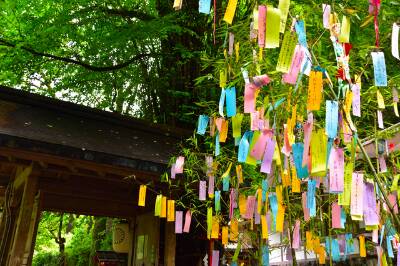
Tanabata Kazari
July in Japan is a time for romance and dazzling lights.
Tanabata on July 7th is a romantic festival based on a legend of two lovers who meet only once a year. Visitors write their wishes on colorful paper strips and hang them on bamboo trees, hoping for their fulfillment.
From July to August, the night sky explodes with color during breathtaking fireworks displays held across the country. Immerse yourself in the festive atmosphere, enjoy delicious food stalls, and join the crowds dressed in traditional yukata attire.
Students in the Kanto region typically have their summer vacation from mid-July to the end of August, with universities enjoying an even longer break until mid-September. This period offers a welcome respite for students and families to recharge for the next chapter.
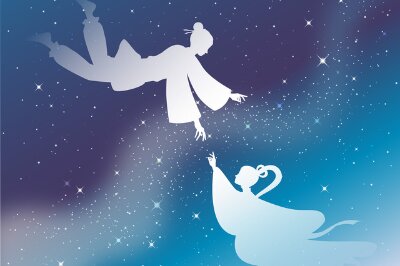
Tanabata on July 7th is a romantic story

Yukata
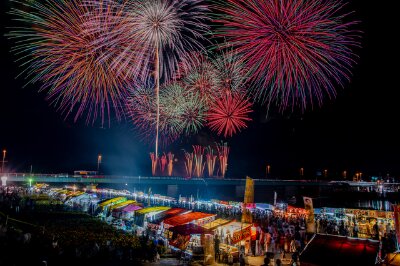
Fireworks & Japanese Street Foods
August: Obon + Matsuri!
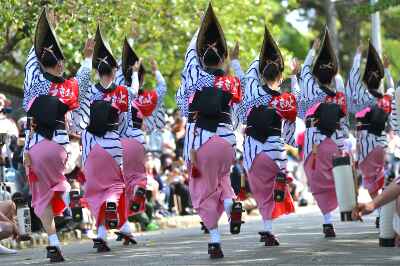
Awa Odori (阿波踊り)
Obon (お盆), a Buddhist tradition observed from August 13th to 15th, honors the spirits of ancestors and deceased loved ones. Families gather to clean and decorate graves, offer food and prayers, and light lanterns to guide the spirits home. The gentle glow of lanterns floating on water at night creates a truly magical sight.
Many businesses and shops close during this time, making travel more expensive and transportation crowded, 2 hour drives to the beach can take 10 hours because of traffic!
There are also wonderful festivals (omatsuri) that will give you a taste of old Japan.
August in Japan is a vibrant tapestry of festivals, known as matsuri, that paint the streets with color, music, and infectious energy. From the iconic Awa Odori in Tokushima to the majestic Obon celebrations across the country, August offers an unparalleled opportunity to immerse yourself in Japanese culture.
Awa Odori (阿波踊り), held in Tokushima from August 12th to 15th, is a spectacle that enthralls all who witness it. Thousands of dancers in colorful costumes parade through the streets, their synchronized movements and energetic rhythms creating an unforgettable experience.
Speaking of festivals, here are some others you won't want to miss!:
- Gion Matsuri (祇園祭) in Kyoto, a centuries-old festival featuring elaborate floats and processions.(July)
- Nebuta Matsuri (ねぶた祭り) in Aomori, famous for its massive illuminated floats depicting historical figures and mythical creatures. (August)
- Nagaoka Matsuri (長岡祭り) in Nagaoka, featuring a breathtaking fireworks display synchronized with music. (August)
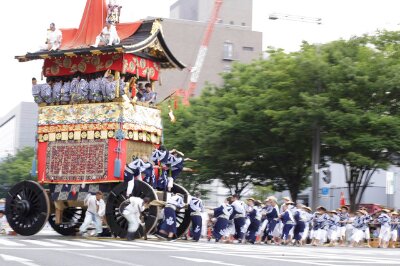
Gion Matsuri (祇園祭)(July)
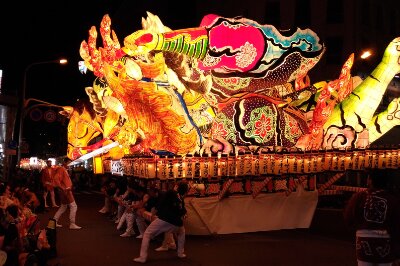
Nebuta Matsuri (ねぶた祭り) (August)
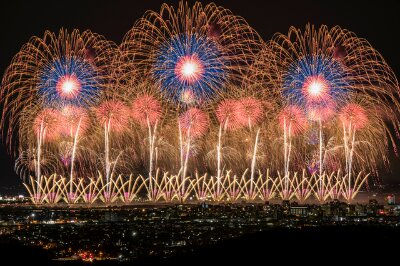
Nagaoka Matsuri(長岡祭り) (August)
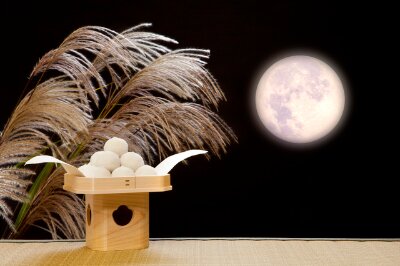
The Full Moon
September: Silver Week, Full Moon, and More
Silver Week is a series of consecutive holidays in September, similar to Golden Week. However, it doesn't occur every year and depends on the calendar. In some years, it offers an extended vacation period.
The Full Moon in September is considered to be the most beautiful of the year. Traditionally, people decorate their homes with pampas grass and enjoy eating dumplings under the moonlit sky.
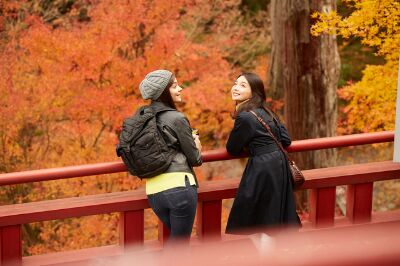
Momijigari
October: Change of Clothes and Momijigari
Changing of Clothes in Japan: On October 1st, people in Japan switch from summer to winter clothing, marking the official start of fall.
Another highlight of October is Momijigari, the practice of viewing the vibrant autumn leaves. The mountains transform into a kaleidoscope of colors, with the fiery red of Japanese maples being a particularly captivating sight.
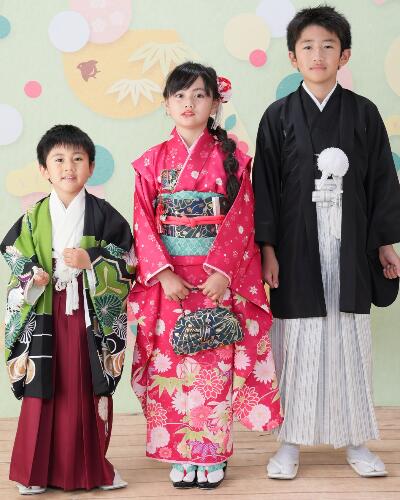
Shichigosan
November: Shichigosan - A Milestone Celebration
November in Japan holds a special place for families, as it marks the Shichigosan, a traditional event celebrating the growth of children at specific ages:
- 7-year-old girls: Dressed in vibrant kimonos, they symbolize the transition from childhood to adulthood.
- 5-year-old boys: Decked out in hakama, they celebrate their strength and courage.
- 3-year-old girls and boys: Both donning beautiful attire, they mark their passage into the social world.
Families visit shrines for blessings, offering prayers for their children's health and happiness. Commemorative photos capture these precious moments, creating lasting memories of this special day.
December: Farewell to the Old and Embrace the New
December in Japan brings a wave of festive occasions:
Bonenkai (Year-End Party):
Bidding farewell to the year's challenges and difficulties, colleagues and friends gather for Bonenkai, meaning "forgetting the year" parties. These festive gatherings are filled with laughter, delicious food, and heartfelt conversations, forging stronger bonds and setting the stage for a positive new year.
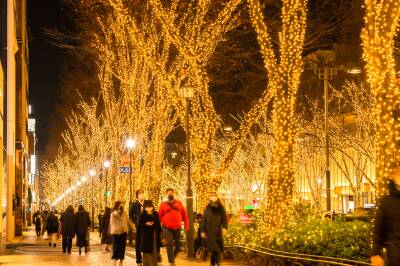
Omotesando
Christmas:
While not traditionally Japanese, Christmas has become a significant celebration in Japan. Couples often take center stage, with Christmas Eve being a major date night filled with romantic dinners and gift exchanges. The tradition of enjoying Christmas cake and KFC chicken adds a unique twist to the holiday.
Shigoto-osame (Closing the Work Year):
Around December 28th, companies close their doors for the year, marking the final workday known as Shigoto-osame. It's a time for employees to express gratitude to superiors, colleagues, and business partners, strengthening relationships and setting the tone for a successful new year.
New Year's Eve:
Families gather on New Year's Eve, December 31st, to share a special meal. As midnight approaches, temple bells across Japan ring 108 times, symbolizing the cleansing of negativity and the welcoming of fresh beginnings. The tradition of enjoying Toshikoshi soba, long noodles representing longevity and happiness, adds a touch of hope and optimism to the festivities.
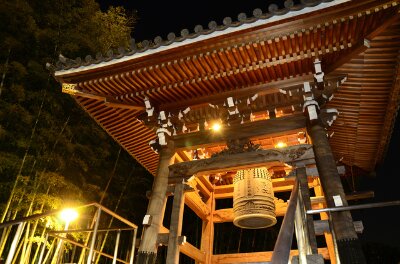
New Year's Eve
